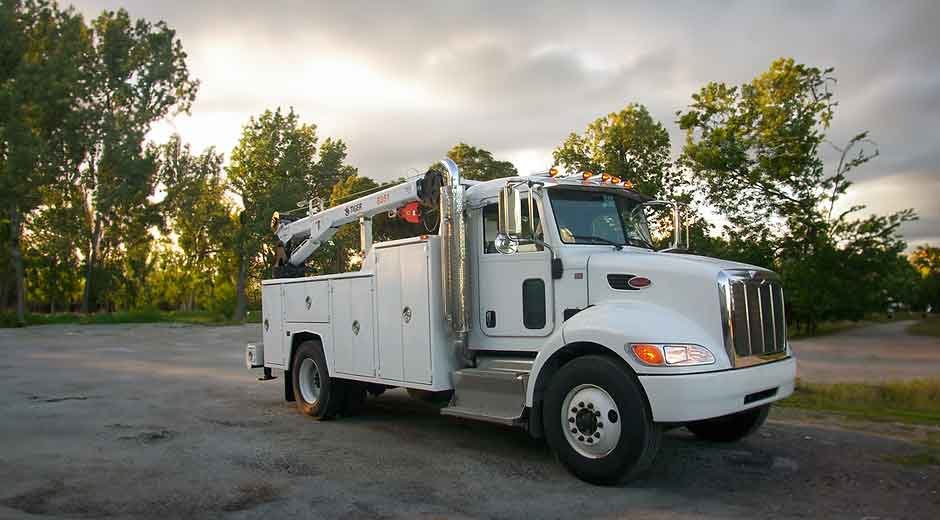Skip to the good bit
ToggleWhen investing in a custom service truck, selecting the right features is crucial to ensuring efficiency, safety, and long-term value. These vehicles serve various industries, each with unique demands that standard models may not address. A tailored approach allows businesses to match their equipment precisely to operational needs. From tank specifications to added functionalities, every decision impacts performance in the field. This article outlines the top features to evaluate when ordering a custom service truck.
Tank Design and Material Selection
The design and function of a tank play a central role in the effectiveness of Custom Service Trucks. Different tasks demand specific tank materials, shapes, and capacities. For instance, hauling corrosive substances may require stainless steel tanks, while lighter duties might suit polyethylene. The tank’s placement and method of access also impact ease of use. Careful planning at this stage ensures the vehicle supports current and future operational needs.
Temperature Control Systems
Maintaining proper temperatures during transport is vital for certain materials. Heated tanks help preserve the fluidity of thick substances like grease or oil, preventing clogs and ensuring smooth discharge. Conversely, water-cooled systems are necessary for preserving temperature-sensitive contents. These systems must be energy efficient and reliable under varying conditions. Selecting the right thermal controls enhances both safety and productivity.
Material Handling and Durability
The construction materials used in a custom service truck determine its longevity and maintenance needs. High-strength steel offers durability but adds weight, while aluminum provides corrosion resistance with less mass. Components exposed to frequent wear should be reinforced or replaceable. The overall build must withstand environmental stressors and daily usage demands. Choosing appropriate materials contributes to long-term cost efficiency and reliability.
Custom Plumbing and Valve Configurations
Efficient fluid transfer depends on well-designed plumbing and valve setups. Valves should allow precise control and prevent leaks during operation and transport. Multiple lines and ports can support simultaneous functions, increasing versatility. Placement of these components affects operator accessibility and system maintenance. A thoughtful configuration minimizes downtime and improves workflow efficiency.
Vehicle Size and Chassis Options
Selecting the correct chassis impacts both maneuverability and payload capacity. Smaller trucks offer better access in tight urban settings, while larger models carry more volume over longer distances. The chassis must align with the expected workload and terrain conditions. Regulatory limits on weight and dimensions also affect this decision. Matching size and structure to the intended application ensures optimal performance.
Ergonomic and Safety Features
Operator comfort and safety are key considerations in custom truck design. Controls should be easy to reach and clearly labeled to reduce errors. Visibility from the cab and around the vehicle influences safe handling, especially during loading and unloading. Non-slip surfaces, secure handrails, and adequate lighting further enhance workplace safety. Thoughtful layout decisions contribute to daily usability and compliance with industry standards.
Additional Equipment Integration
Beyond core functions, integrating extra equipment expands the truck’s capabilities. Attachments such as cranes, lifts, or vacuum systems can perform multiple roles on a single job site. Electrical and hydraulic systems must support these add-ons without straining the vehicle’s power supply. Compatibility between installed components ensures seamless operation. Planning for future upgrades allows flexibility as service demands evolve.
Custom Service Trucks offers a tailored solution for businesses with specialized transport needs. Selecting the right features ensures the vehicle performs efficiently under specific job requirements. Each component, from tank design to added equipment, plays a role in overall functionality and safety. Thoughtful planning during the ordering process leads to a more productive and durable asset. By focusing on key features, buyers can create a custom truck that meets current demands while remaining adaptable for future tasks.







